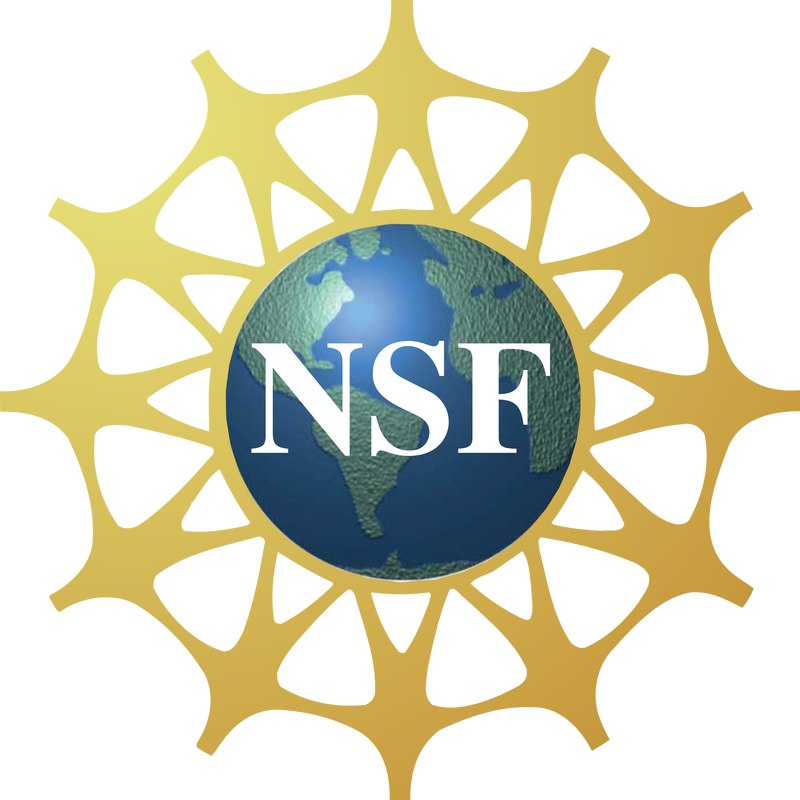| The original 22 herbaria of the California Phenology Network are now becoming 28. Shortly after year 1 of the CAP project, the CAP management team and seven herbaria banded together under the leadership of Aaron Liston at Oregon State University to submit Partner-to-Existing-Network (PEN) grant proposals to the National Science Foundation. In July 2020, the grants, titled "Expanding and Enhancing the California Phenology TCN" were officially awarded. The grant aims to expand the CAP Network in several productive ways. The network will now include six new herbaria at Oregon State University (OSC), the California Department of Food and Agriculture (CDA), Pacific Union College (PUA), San Francisco State University (SFSU), CSU Stanislaus (SHTC), and University of Nevada, Las Vegas (UNLV) and additional funding to digitize specimens from Baja California that are housed in the San Diego Natural History Museum herbarium. By adding these herbaria, the CAP TCN will encompass the furthest margins of the California Floristic Province, and key geographic and taxonomic gaps will be filled within the state. Together, the newly funded herbaria aim to digitize over 148,000 herbarium specimens over the next three years. |
These specimens include several unique and exciting collections. SFSU holds a comprehensive collection of manzanitas (Arctostaphylos), one of California's iconic genera of shrubs and trees with flat, often frosted leaves and peeling reddish bark. CDA contains California's collection of noxious weeds and agricultural plants, preserving a detailed record of plant introductions to California over the past 100 years.
Left: Peeling trunk of an Arctostaphylos shrub. Right: Yellow starthistle (Centaurea solstitialis) a noxious weed in the western U.S.
Each new collection contributes an important piece to the puzzle of plant diversity in the California Floristic Province. With the data produced from this new PEN, we hope to better understand changes in flowering time across the whole CFP and among the diverse taxonomic groups in this region and beyond.
To learn more about these new grants, visit their NSF award pages, linked below:
https://www.nsf.gov/awardsearch/showAward?AWD_ID=2001641
https://www.nsf.gov/awardsearch/showAward?AWD_ID=2001535
https://www.nsf.gov/awardsearch/showAward?AWD_ID=2001644
https://www.nsf.gov/awardsearch/showAward?AWD_ID=2001641
https://www.nsf.gov/awardsearch/showAward?AWD_ID=2001535
https://www.nsf.gov/awardsearch/showAward?AWD_ID=2001644
Image credits:
CFP: Adapted from Noah Elhardt, https://creativecommons.org/licenses/by-sa/3.0/deed.en
Manzanita: Paul Asman and Jill Lenoble, https://creativecommons.org/licenses/by/2.0/
Yellow starthistle: creative commons
CFP: Adapted from Noah Elhardt, https://creativecommons.org/licenses/by-sa/3.0/deed.en
Manzanita: Paul Asman and Jill Lenoble, https://creativecommons.org/licenses/by/2.0/
Yellow starthistle: creative commons



